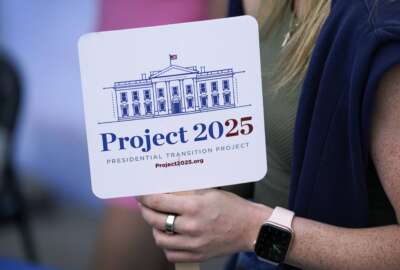By this point in the fateful week 50 years ago, we were still in a state of near-disbelief. Washington, D.C. had gone up in flames, parts of it anyway. From a darkened room of my grandmother’s apartment on New Hampshire Avenue, we’d watched federal troop carriers snake into downtown.
In 1968, the center seemed to be coming apart. Trust in the federal government was low. The nation seemed to be embroiled in cultural battles. On Thursday, April 4, the assassination of Dr. Martin Luther King Jr. shocked. It still seems unreal. Ditto for the aftermath. Little did we know what lay ahead during the 1968 elections.
For the following weekend, my family had scheduled a large function. It was to take place at a landmark religious institution on 16th St. NW. But as conditions deteriorated, by Friday the caterer and the band refused to venture into D.C., so the Saturday event was hastily rearranged to Silver Spring. Anyhow, curfews and police cordons would have made the original location impossible.
My family had settled in D.C. around 1900. My elders grew up in a city that was officially segregated by race. By the late 1960s the laws had changed. But not the vestiges of segregation. Around 1968, you could still spot “colored” signs near abandoned restroom doorways on Route 1 between D.C. and Baltimore. No one had gotten around to taking them down.
Society remains imperfect, but that doesn’t mean there’s been no progress. Last summer I visited a museum devoted to the racial segregation era in Birmingham, Alabama. It’s across the street from the a church on another 16th St. The museum is filled with relics. Side-by-side drinking fountains, one shiny and (for the time) modern, the other old and rust-streaked. Side-by-side typical classrooms, one spiffy, one rustic (to put it charitably). Sights that seemed normal at one time, now totally appalling. The kids were saucer-eyed.
Birmingham has come a long way. So has Washington. In many zones, the city is unrecognizable from even a decade ago. Glassy towers of affluence rise from former sites of ramshackle houses and weedy lots. Zillow estimates the yellow-brick Petworth row house where my mother grew up is worth $700,000 now.
It’s often said D.C. is a “transient” town because people come and go from the government. That’s not true. In fact, Washington has a large and diverse native community.
In 1968 —and in 1868 — the federal government has been intertwined with the ups and downs of the District. Federal lending, housing and education policies helped the transformation. It’s still a work in progress. The city still has areas of poverty, blight and crime. The relationship among executive agencies, Congress and the D.C. government is always a complicated affair.
Over the decades, government offices have moved out of D.C. Some whole agencies moved to the ‘burbs. As the number of agencies and functions grew, often a bureau or branch would find digs elsewhere. The Census Bureau lives in Suitland, Maryland, for instance. The Food and Drug Administration moved a few years ago from one Maryland suburb to the other. Northern Virginia is dotted with countless pieces of the Defense and Intelligence communities.
That’s why I’ve always hoped for a speedier establishment of Homeland Security to the river knoll in Anacostia. The Coast Guard is already there. It feels isolated. But look how Nationals Park — used 80 times a year — sparked a transformation of the area around it in Southeast and Southwest. Imagine if 20,000 DHS employees and their middle-class salaries came into the old St. Elizabeths site year-’round.
Now the government is arguing over the FBI. Its current headquarters creates a block about as inviting as Pyongyang. Maybe a unified headquarters can’t squeeze into the lot now underneath the J. Edgar Hoover building. This is an instance of where an agency moving out could enhance the city. Or developers could replace one inaccessible ugly duckling with an equally inaccessible luxury complex. A vibrant city is one where you don’t have to be rich to live there. Pennsylvania Avenue should never become an American Champs-Elysees. Perhaps the site could become a local “federal building” to consolidate all the bits of space the government leases throughout the city and its environs.
I’m just saying a tragic events of April 4, 1968 showed how the government town was also a real city with real problems. It still is. The government should never be just a bystander.
Copyright
© 2024 Federal News Network. All rights reserved. This website is not intended for users located within the European Economic Area.






